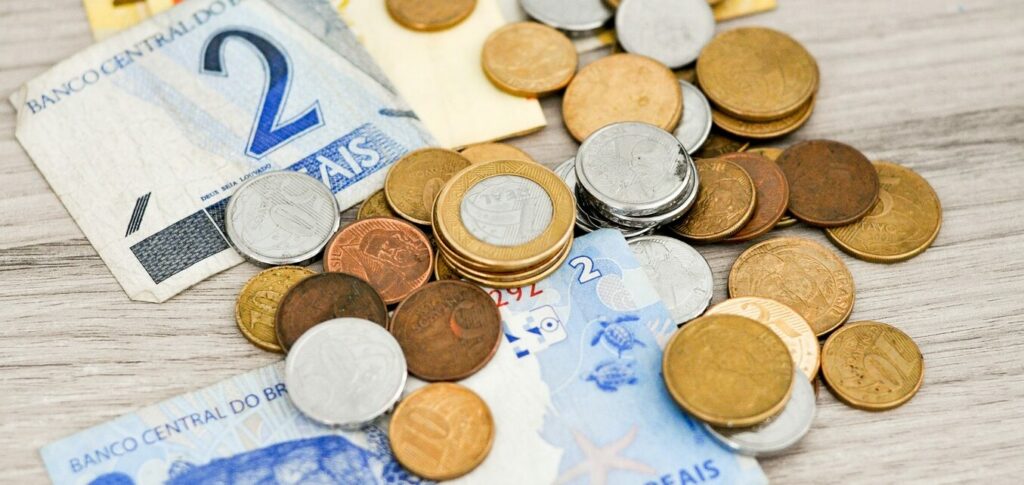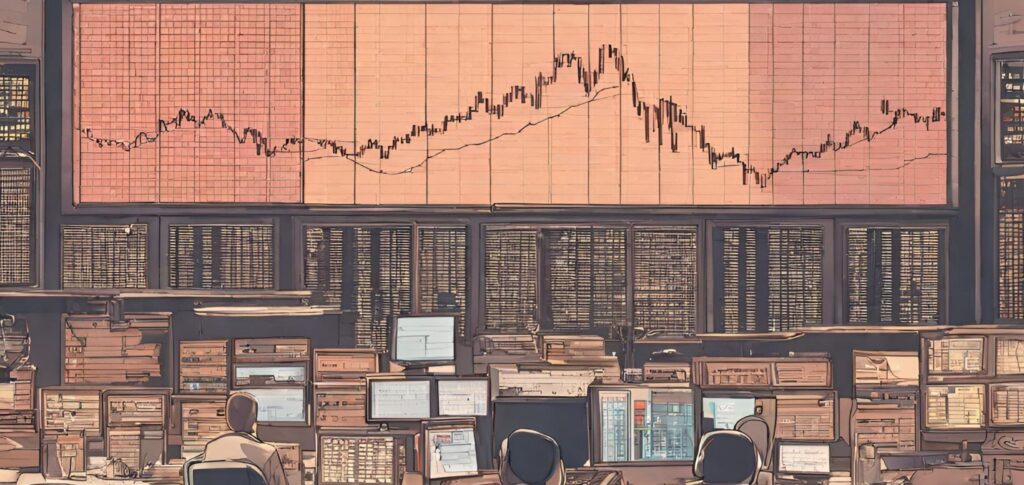Prices have soared since the end of Covid-19 lockdowns and the start of the war in Ukraine. According to the IMF (International Monetary Fund), global inflation will reach 8,3% this year. How does this affect families?
ADVERTISING
Fuel
Since the start of the war, oil prices have soared. Russia is the third largest producer in the world. A barrel of North Sea Brent reached US$140, before falling below the US$100 threshold. This caused a rise in gasoline prices, surpassing two euros per liter in March in France, Germany and the United Kingdom, or US $5 per gallon (3,78 liters) in the United States in mid-June before moderating in recent weeks.
The same for fuel and gas: energy is by far the biggest component of inflation in the eurozone, with a 38,6% increase in August, in a year, according to Eurostat figures published this Friday.
This has repercussions throughout the economy, increasing companies’ production costs. The situation is so critical that some factories have closed to avoid very high bills.
ADVERTISING
Pasta, beans and tortillas
In Brazil, beans, a food present in most meals, cost 22,67% more in August than in the same month last year, according to IBGE (Brazilian Institute of Geography and Statistics).
In Ukraine, the “breadbasket of Europe”, the war caused an increase in grain prices, leading wheat prices to hit a record in early March. Therefore, pasta became more expensive. In May, Allianz estimated that the increase was 19% in the euro zone over the last 18 months.
In Canada, a major wheat exporter, a 500-gram package of pasta now costs 3,16 Canadian dollars (US$2,39), an increase of 60 cents in one year.
ADVERTISING
In Thailand, instant noodles, a very popular product limited in price by the state, rose in price in August for the first time in 14 years, from 1 baht ($0,03) to 7 baht.
In relation to corn, the kilo of tortilla, a staple food in Mexico, increased by an average of 2,79 pesos (US$0,15) between January and mid-September, according to official data. It is one of the products that have great weight in calculating inflation in the country.
Carne
With more expensive grains, it becomes more difficult to feed livestock, which also results in increased meat prices.
ADVERTISING
Pork, the most consumed meat in China, increased by more than 22% in the one year period up to August. The Xinhua agency announced this Friday that authorities will resort to their strategic reserves of the product, for the second time this year, in order to stabilize prices.
In Argentina, ground veal, popular for its traditionally low prices, rose 76,7% in the same period. The country suffers from one of the worst inflation rates in the world, 56,4% in the first eight months of 2022.
In Europe, the price of chicken increased considerably, also driven by bird flu. The product became 33% more expensive in one year, until August, according to data from the European Commission.
ADVERTISING
Beer
Inflation is also noticeable when it comes to drinks: beer pays more for barley and wheat, as well as for packaging: aluminum and glass.
These drinks are “70% more expensive than before the war” in Ukraine, according to the 'Brewers of Europe' association.
Dutch Heineken increased its prices by 8,9%, on average, in the first half of this year. According to Bloomberg estimates, the Brazilian-Belgian AB InBev (Corona, Budweiser, Quilmes…) increased its prices by 8%.
In the UK, a pint of beer exceeded four pounds sterling, the highest level since 1987, according to the Office for National Statistics.
Newspapers
Paper is also more expensive. Its manufacturing requires a lot of energy and the price of paper pulp had already increased with the resumption of activity following the end of confinements.
French newspapers such as Le Figaro, L'Humanité and Le Point have become more expensive by a few tens of euro cents since January.
In the United Kingdom, newspapers such as The Sun, The Times and The Sunday Mail also announced price increases. Other newspapers chose to reduce the number of pages. Overall, newspaper prices rose 6,5% in July, according to Eurostat.
(With AFP)




